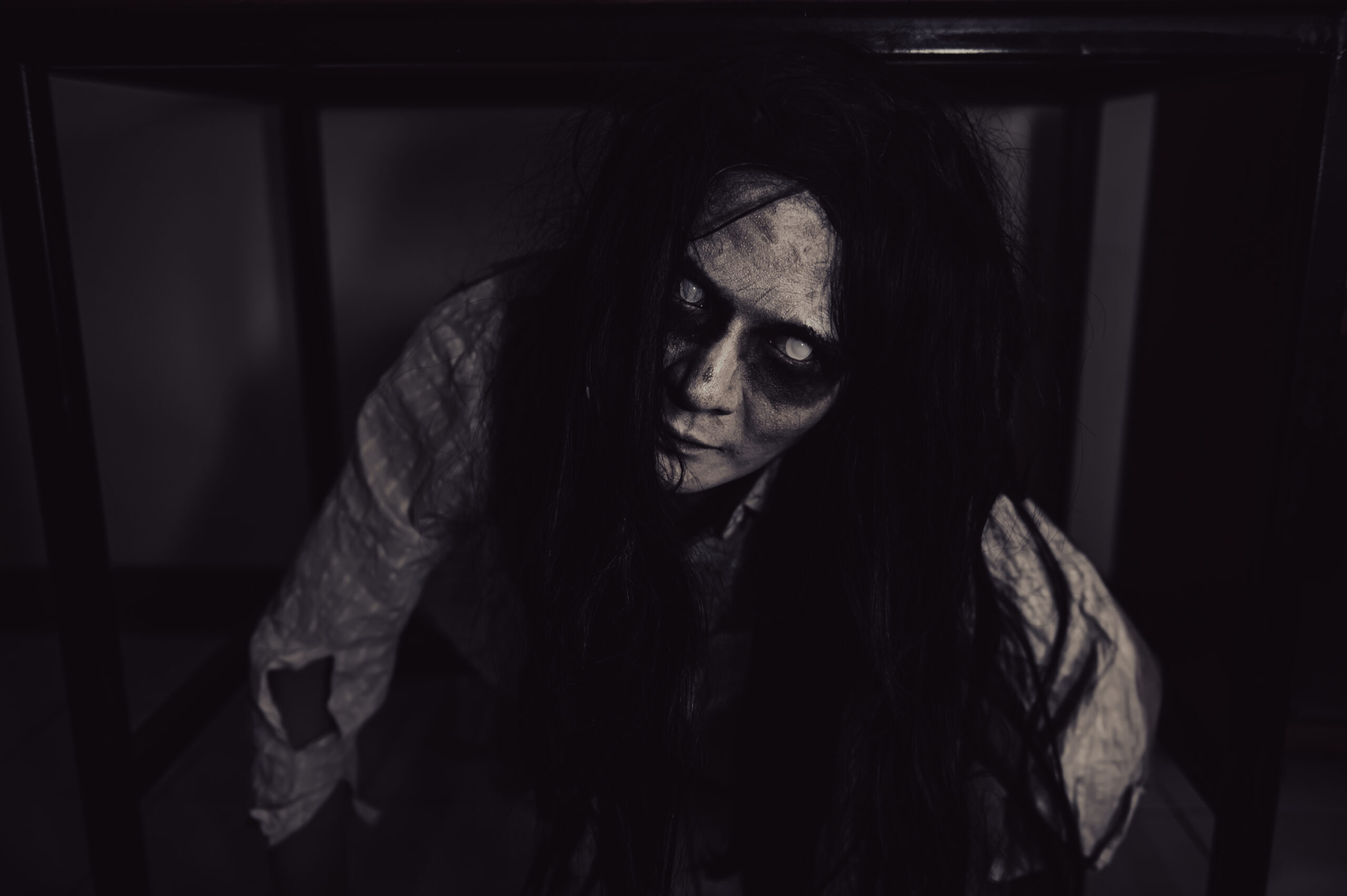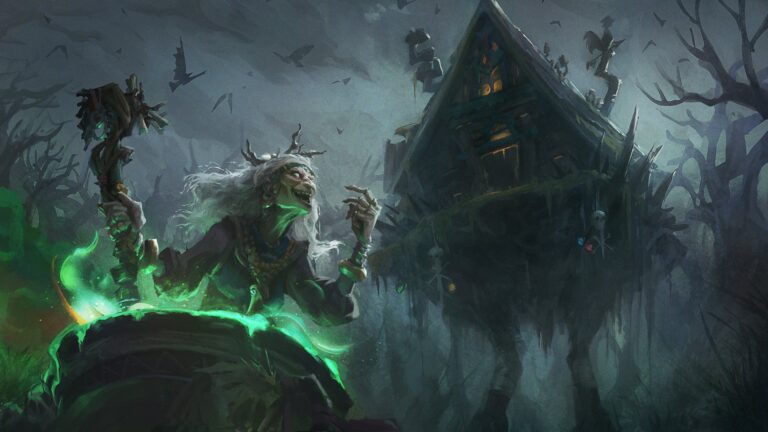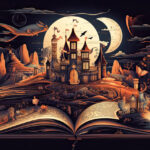Summoning Shadows
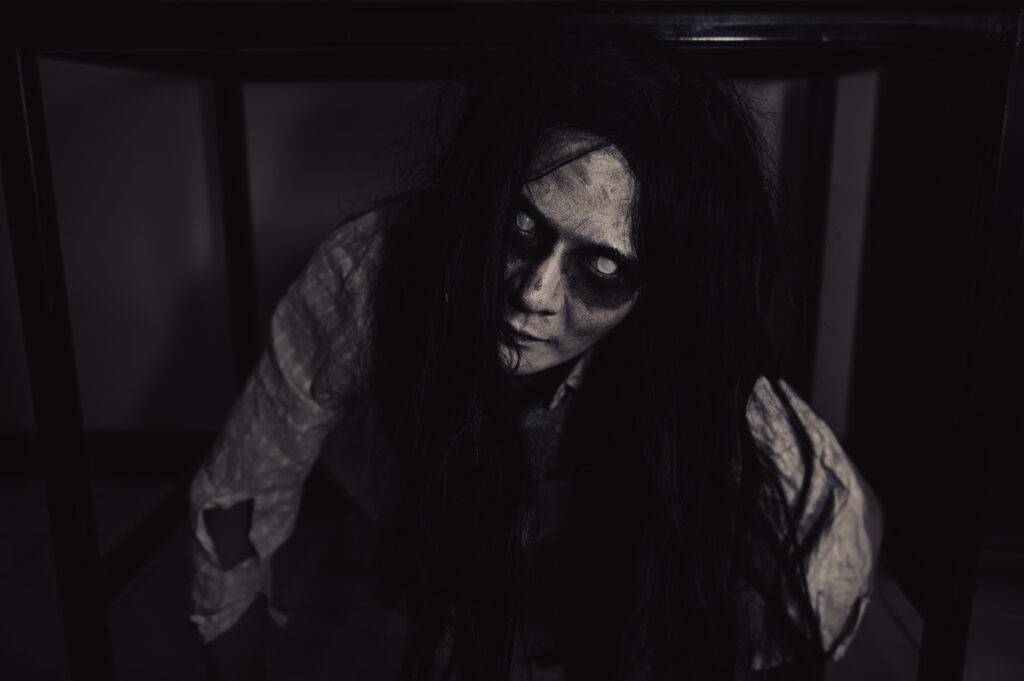
The mirror stands silent, an innocent object at first glance, yet the darkness around it feels thick, as though the very air has grown still in anticipation. You stand before it, your reflection pale, distorted by the faint shadows, and you wonder, how long before she comes? The mirror feels alive, patient, as if waiting for the moment you dare to speak her name. They say if you call her Bloody Mary, she will rise from behind the glass, her eyes burning with a rage that has never faded.
But who was she, really? Was the queen’s hands stained with the blood of the innocent? A witch, betrayed and condemned by fearful whispers? Or perhaps something far more elusive. In my youth, people whispered her tale in fear. A woman, trapped within the looking glass, cursed to linger between worlds, waiting for someone to set her free.
Over time, the legend has twisted and grown. The mirror transforms into a passage, a portal to uncharted darkness. And from that depth, the stories say, she watches, waiting for the foolish to invite her into the light.
The Story of Queen Mary I
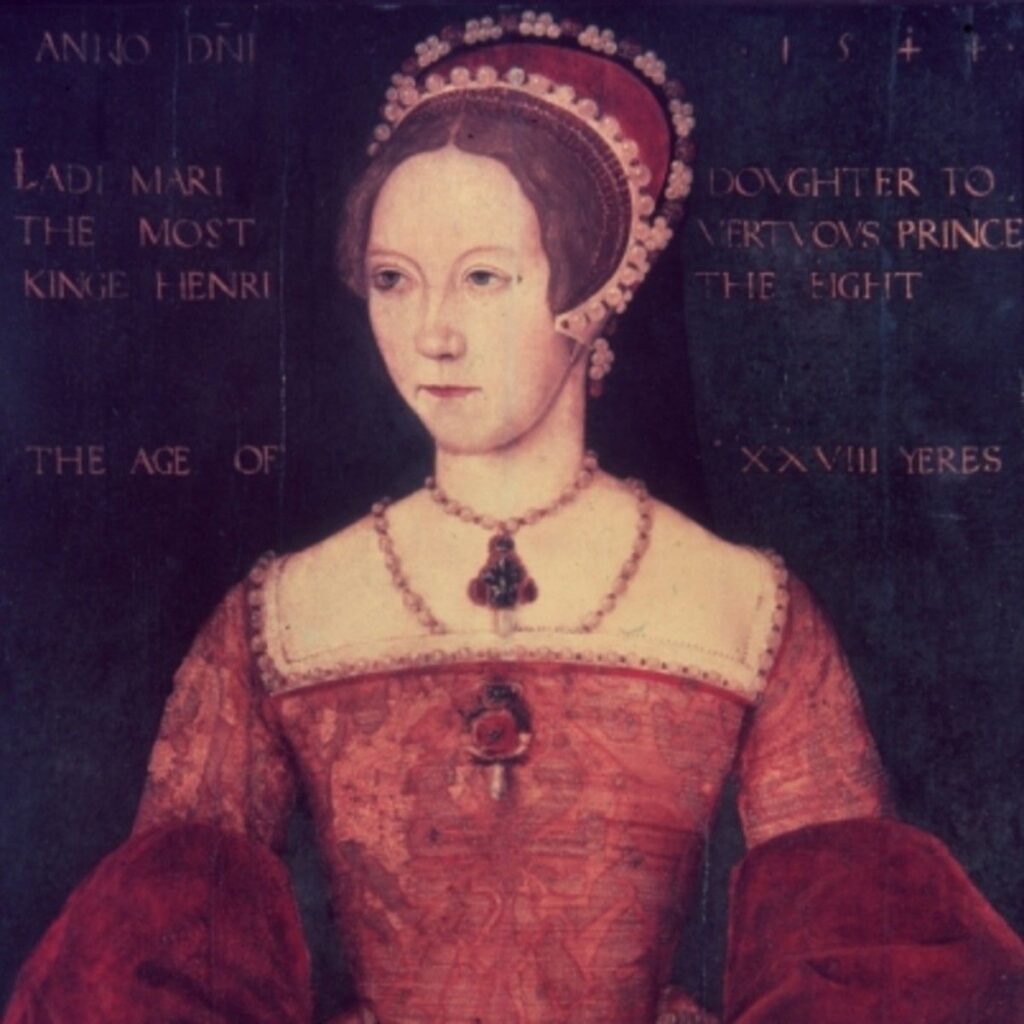
Queen Mary I of England, Bloody Mary, as the stories call her now, was not born a monster. Her father, Henry VIII, wanted a son, but Mary came into the world instead, a sturdy girl with bright eyes. Her childhood unfolded beneath palace walls, overshadowed by her father’s desertion. Declared illegitimate, Mary was no longer a princess, she was a girl cast aside.
Years of waiting followed, years of watching her father and then her half-brother rule England while she was pushed to the margins. But waiting sharpens a person. Mary’s resolve hardened with each passing year. Her half-brother’s reign on borrowed time. When death finally claimed him, opportunity knocked. The throne, once distant, now tantalizingly close. Mary, no longer naïve, answered with steely determination. A woman now, she stood ready to reclaim her birthright.
She didn’t need blood to take the throne, at least not at first. When she marched into London, the city opened its gates to her, the people cheering for their new queen. Her rival, Jane Grey, was forgotten almost as soon as she’d been crowned. It seemed Mary’s reign might be one of peace, a restoration of the old ways.
But peace never lasts long.
Mary, raised in the heart of the Catholic Church, saw her country turning toward Protestantism, slipping away from the faith that had once been the bedrock of England. The burnings began. The authorities condemned hundreds of Protestant heretics to death, and the flames rose into the sky. The people, who had once cheered her name, now whispered of a queen who burned her own subjects. “Bloody Mary,” they called her.
But was she truly so bloody? Her father, Henry, had executed tens of thousands, but no one called him “Bloody.” Perhaps it was easier to make a woman the monster. Perhaps the idea of a queen who burned her enemies was more horrifying than that of a king who did the same.
The flames of Mary’s reign consumed her legacy. She became, in the eyes of history, a tyrant. But even tyrants suffer. Mary’s reign ended in loneliness and sickness, her body frail, her dreams of an heir dying with her. She was buried, forgotten, as her half-sister Elizabeth took the throne, a bright contrast to Mary’s dark shadow.
But the shadow remains. History remembers her not as the rightful queen, but as a figure of fear, a specter. Children whisper her name in the dark, staring into mirrors, daring her ghost to appear. The distortion of Queen Mary’s name to “Bloody Mary” transformed her into a cautionary figure. Her story became a warning about a powerful woman whose reign was marked by burnings.
And yet, was Mary truly that figure in the mirror, the ghost who haunts the edges of our fears? Or was she just a woman trying to survive in a world where queens were monsters and kings could be anything they liked?
Perhaps, in the end, the truth lies not in the burnings or the blood, but in the way we choose to remember. And perhaps it is not Mary’s face that stares back from the mirror, but our own fears, reflected and magnified in the flickering candlelight.
The Legend of Mary Worth
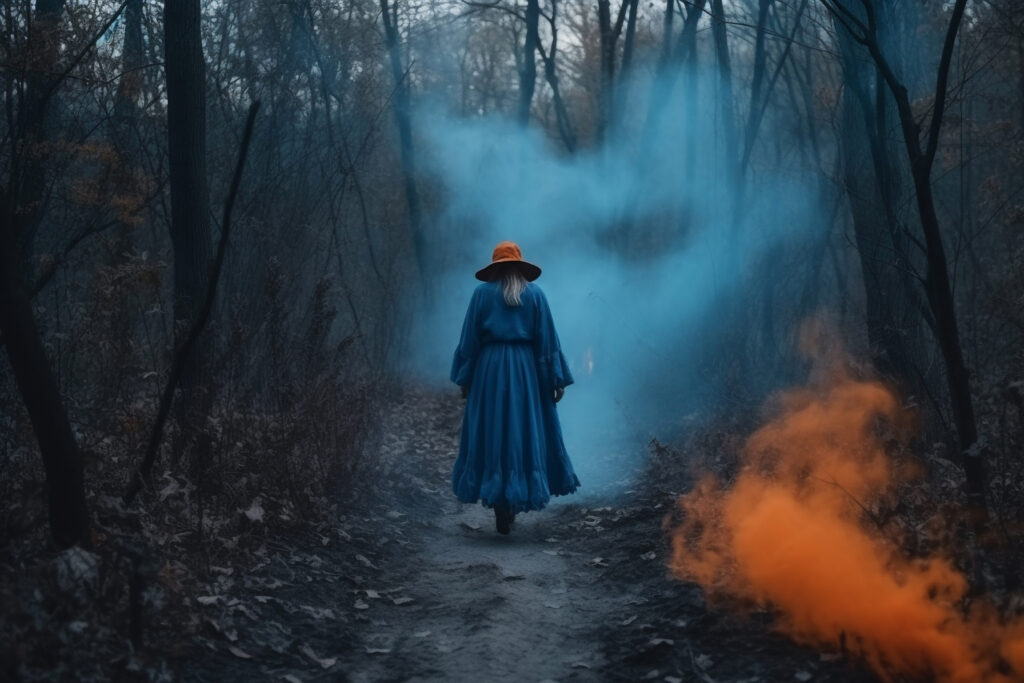
In the years that followed Queen Mary’s reign, another Mary emerged in whispered tales, a figure who lived not in palaces, but in the shadows of quiet villages. Mary Worth, they called her. She was a healer, known for her herbal remedies and tinctures, living in a small cabin on the edge of a village where superstition ran thick as fog. But the villagers’ murmurs carried a darker suspicion, that her knowledge wasn’t just of nature, but of something far more sinister, something that lingered in the unseen, just beyond the grasp of the living world.
Her remedies were sought by the desperate, but only in secret. Families feared retribution from the church, and Mary became a scapegoat for their suspicions, especially when young girls from the village started to vanish. Each disappearance cast a deeper shadow over Mary, but she always denied involvement. Her appearance, however, began to change. She grew more youthful, her wrinkles fading and her figure more lively, which further fueled the villagers’ fears.
One night, the miller’s daughter was lured from her home by an unearthly melody only she could hear. Her mother, suffering from a painful toothache, had used one of Mary’s tinctures, and her shouts for her husband were filled with panic as their daughter wandered into the woods, seemingly under a spell. With the help of their neighbors, the family pursued her, only to discover Mary Worth in a forest clearing, illuminated by an unnatural glow, with the miller’s daughter walking straight toward her. In her hand, Mary held a wand, pointing it towards the miller’s home.
The villagers had seen enough. They charged toward her with pitchforks and guns. When they realized Mary had been behind the disappearances all along, they captured her and dragged her to the village square. Despite her pleading and curses, they tied her to a stake and set her ablaze. As the flames consumed her, Mary vowed revenge. “If you ever dare utter my name in a mirror,” she warned, “I will come back for you.” Her spirit, she promised, would tear through the veil of the living to exact her vengeance.
The villagers returned to her cabin after her death and unearthed a ghastly discovery, unmarked graves. Each small grave confirmed their worst fears. Mary had used the blood of the children to restore her youth. Her death, however, was not the end. The curse she cast lingered, and over time, the legend of Bloody Mary spread far beyond the village. The ritual became infamous: stare into a mirror in the dark, and say her name three times. Those foolish enough to do so would summon her vengeful spirit, doomed to share in her burning agony. Sounds familiar, doesn’t it? I wonder if Disney’s Hocus Pocus and the story of the Sanderson Sisters were also based on this legend.
Now, children dared each other at sleepovers, lighting a single candle in the bathroom and chanting her name. Mary, when summoned, appeared as a specter in the mirror, her face twisted with hatred. Sometimes, she would scratch the face of those who called her; other times, her icy hands would wrap around their necks, suffocating them as their reflection distorted into her image.
And so, the tale of Mary Worth became one of caution and fear, echoing across generations, a warning that some spirits never rest, and some names should never be spoken aloud.
Analysis and Rational Explanations

The mirror stands before us, its surface cold and unyielding, a darkened glass that absorbs and reflects the terrors of our imagination. As we gaze into it, the tale of Bloody Mary starts to unravel. It is a complex tapestry, woven from threads of psychology and cultural myth. The mirror seems a simple object of reflection. But, it becomes a sinister stage for our deepest fears. This explains why such legends persist and evolve over time.
The modern Bloody Mary legend is a woman summoned by name before a mirror. It has little connection to Queen Mary I or the witch, Mary Worth. This version of the legend emerged only in the 20th century, drawing from a rich array of mythological and folkloric sources. The mirror serves as a portal to a realm of eerie echoes, where age-old terrors and superstitions blend into a haunting tale of vengeance that freezes the blood.
People have always shrouded mirrors in mystery, believing their reflective surfaces to be gateways to other worlds. Many cultures believe mirrors show not just one’s looks. They reveal hidden truths within. Ancient people believed mirrors were windows to the soul or harbingers of fate, and this belief stretches back to antiquity. Their dual nature, as both revealing and concealing, makes them potent symbols in folklore, representing the boundary between the known and the unknown.
Mary Worth, a character often conflated with the Bloody Mary legend in contemporary tales, is itself a fiction. The name “Mary Worth” gained prominence through the Depression-era comic strip Apple Mary, created by Martha Orr in 1934. This character, an elderly woman selling apples on the streets, embodied themes of hardship and endurance. Time passed, Apple Mary shifted into Mary Worth, a figure refined.
I am no anthropologist, but I find it interesting to note that a few years after the Apple Mary strip, Disney’s adaptation of the Snow White fairy tale introduced the Evil Queen, a figure entwined with envy and dark magic. One might speculate that the public imagination blended the image of Mary Worth with the Evil Queen’s guise. This blend of archetypes, the vengeful old woman and the mirror-wielding queen, may have cemented Mary Worth’s place in the wider Bloody Mary mythos.
Rational explanations for the phenomenon often hinge on psychological factors. The act of staring into a dimly lit mirror can induce a peculiar state of perception, known as the “mirror effect.” This unsettling experience can lead to hallucinations or distortions of one’s reflection, contributing to the belief in an eerie presence. The ritualistic nature of the practice, steeped in fear and expectation, heightens these experiences, making them feel more immediate and tangible.
The legend of Bloody Mary stores darker tales and cultural fears within. Whether seen as a historical figure or a phantom, Bloody Mary embodies our collective fears of the unknown and the consequences of invoking forces beyond our control. She is a ghost, a distilled version of our deepest fears. She invites us to face those fears through the mirror’s dark surface.
In the end, Bloody Mary’s story is a mix of history, folklore, and psychology. It shows our deep fears and the stories we craft to understand the darkness beyond our reach. We gaze into the mirror, facing the shadows of our imagination.
Modern & Societal Influence
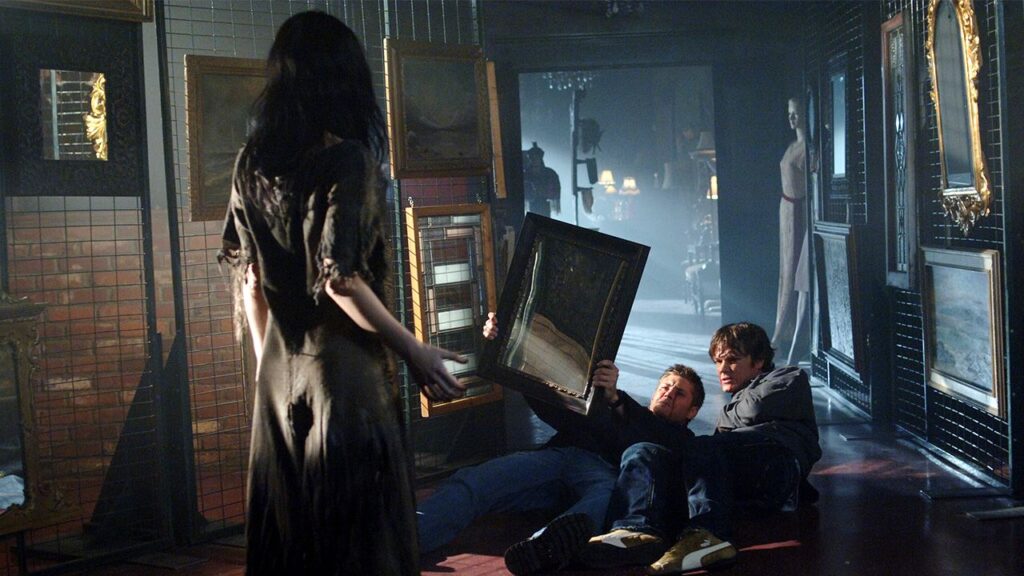
In the shifting landscapes of our collective imagination, Bloody Mary has proven herself to be more than a mere ghost story. On the silver screen, she has been transformed into a spectral diva, gracing us with her eerie presence. Films such as Candyman (1992) have given her a name change but not a departure from the chilling essence of her legend. In Bloody Mary (2006), she stages a modern horror performance, adding fresh layers of dread and jump scares to an old, familiar fear.
Television, too, has welcomed her spectral return. In the maze-like world of Supernatural, “Bloody Mary” offers a twist on the old tale. Sam and Dean Winchester reimagine her, adding a new dimension to her haunting presence.
Yet, her icy grip has not left the literary world untouched. Young adult fiction absorbs Bloody Mary’s legend, as seen in A. L. Duncan’s book. These stories remind us that the shadows of folklore can still cast a long, chilling shadow over the pages of contemporary fiction.
But perhaps the most intriguing transformation of Bloody Mary occurs in the digital age. As social media casts its vast and often unsettling net, she has found a new realm to haunt. On platforms like TikTok and YouTube, brave, or foolhardy souls document their attempts to summon her, turning an ancient fear into a spectacle of viral content. It’s a modern, macabre performance akin to a twisted version of “Will It Blend?” Fear and fascination combine, producing unsettling consequences that evoke a sense of horror.
This digital revival of Bloody Mary speaks to an enduring fascination with the eerie and the unknown. Despite the trappings of modernity, our primal fears remain as vivid and potent as ever. We are eager to confront the unknown in the shadows. We want to explore what lies beyond the veil of the known, even if it means partaking in rituals best left to folklore.
Across film, TV, literature, and social media, Bloody Mary haunts us. She is a spectral figure who refuses to fade into obscurity, ever ready to engage our deepest fears and curiosities. Her legend endures, a testament to our perpetual fascination with the macabre and the unknown, forever ready to startle us with a chilling reminder of what might be lurking out of sight.
Conclusion

As we end our search for Bloody Mary, it is clear: some myths are like phantoms. They never fade into the mist, but they haunt our dreams.
Why does Bloody Mary retain such a firm hold on the imagination? She is a universal fear of the unaccountable. It’s a creepy sense that something bad might be lurking out of sight. Our morbid fascination with her betrays a deeper, more profound desire to know what, if anything, lies on the other side of the veil between the known and the mysterious.
Bloody Mary’s story reminds us of something. In our age of instant nightmares, we click to share our fears and amplify our worries. But, there’s still value in the quiet, slow seduction of the monsters that lurk beneath our beds.
In the end, it’s not the fear of the unknown that we love. It’s the promise that, maybe, there is something out there to find. Are you brave enough to look?

